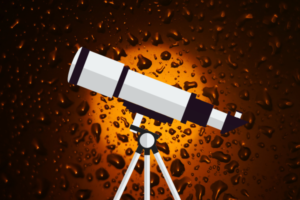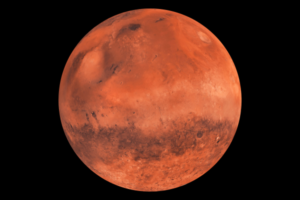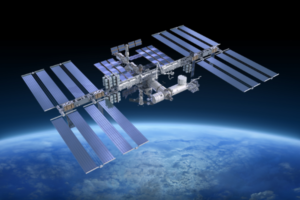Can Telescopes See Stars And Planets In Other Galaxies
If you’ve ever looked up at the heavens and wondered what’s out there, you’re not alone, and every day, thousands of amateur astronomers grab their telescope and aim it towards the open sky.
The universe is a big place, and there is never a shortage of things to see. Despite the fact that it’s only a mere blip on the cosmic scale, the Milky Way galaxy contains over 100 billion stars, and with the help of a telescope, you can uncover the tiny details and see what the naked eye cannot.
Key Takeaways:
Can telescopes also see stars and planets in other galaxies?
No, it is very hard to see individual stars and planets from other galaxies, even with a powerful telescope. This is because those galaxies are so incredibly far away that even the Hubble Telescope usually cannot distinguish individual stars.
The Andromeda Galaxy or M31 is the nearest galaxy to our Milky Way and it is 2.5 million light years away. The Hubble Telescope has taken pictures of Andromeda, but when zoomed in, the stars are very small points of light showing up as a few pixels.
The Andromeda Galaxy appears as a hazy patch in our night sky, about as wide in diameter as a full moon. And, indeed, this haze represents the light of the Andromeda galaxy’s billions of stars. But we still can’t see individual stars within this galaxy – not even with the amateur telescopes.
Here is a list of telescopes that can help you see the planets and galaxies within the Milky Way. Also, if you want to take pictures of the Moon, planets and stars, here is a list of telescopes that are the perfect for astrophotography.
How To See The Andromeda Galaxy With A Telescope
Andromeda can be difficult to observe in detail because of its large size in the sky. In fact, if you want to observe Andromeda in its entirety, a low-power, wide-angle eyepiece is best. You can actually get some fairly good views with a very good pair of large lens binoculars.
Generally, refracting telescopes are very good for planetary observation, and reflecting telescopes tend to be better for deep sky astronomy. Remember that the amount of light a telescope can collect will increase the amount of detail you can see, so wider aperture telescopes are theoretically better for observing the Andromeda galaxy.
RELATED: How Many Planets Are in The Andromeda Galaxy?
Through a telescope the Andromeda Galaxy looks quite diffuse. Use your lowest power; the full extent of the galaxy is huge — five times as large as the full moon. You won’t be able to get the whole thing in the field of view; you have to move the telescope around.
This is our great sister galaxy, 100,000 light years in diameter, with perhaps 400 billion stars.
Can Andromeda be seen without a telescope?
The Andromeda Galaxy is the most distant object you can see with your naked eyes. It is visible as a dim, fuzzy star from a dark sky site. With binoculars you can clearly see the elliptical shape of the galaxy.
ABOUT US
We are a team of active amateur astronomers, here to help you with all your astronomy and science related needs – this is anything, from reviewing the latest telescopes to be released to talking about gravity and neurons. The Big Bang Optics was started because of our love for astronomy and to help others like us find the best telescope and accessories.
LEGAL DISCLAIMER
The Big Bang Optics is a participant in the Amazon Services LLC Associates Program, an affiliate advertising program designed to provide a means for sites to earn advertising fees by advertising and linking to Amazon.com. The Big Bang Optics also participates in affiliate programs with Clickbank and other sites. The Big Bang Optics is compensated for referring traffic and business to these companies.




